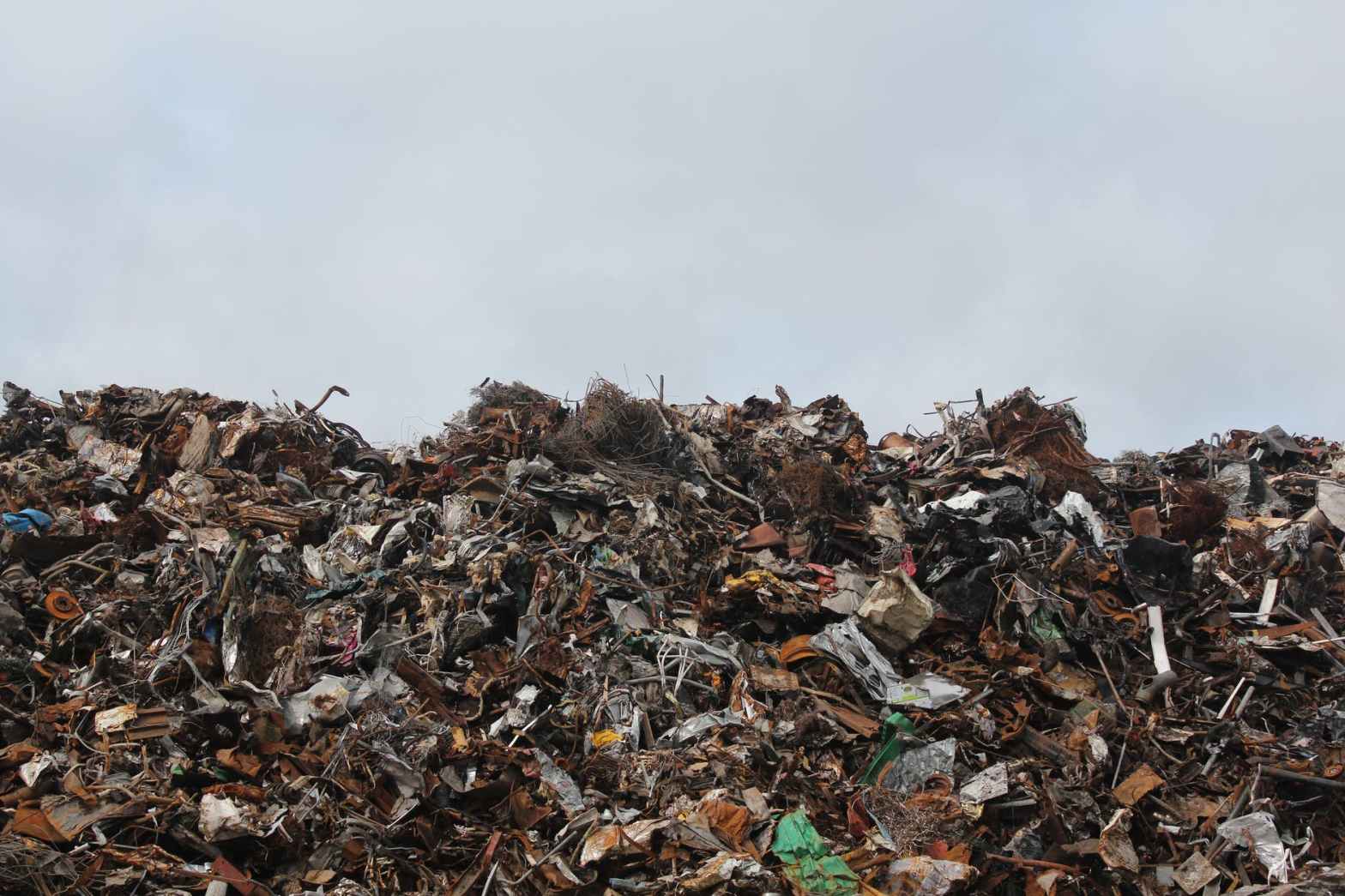If Americans stand accused of precipitating a supply-chain seizure by demanding too many goods in the past year, their purchasing habits also are perpetuating problems at the other end—the landfills. Many if not most population centers of the U.S. have more trash than they know what to do with.
It’s not just the capacity of the dumps, it’s the location. A clamor for environmental justice is objecting to sites that often border on low-income residential areas, which can mean disproportionately brown or black people. This comes on top of the general complaints about smell, noise and groundwater impacts.
Even when municipalities close their landfills—as nearly all of them have done in places like Long Island, N.Y.—they still face many of the same complaints when they try, through “transfer stations,” to shuttle the garbage off to somewhere else.
The issue is coming to a head on Long Island, N.Y., where the last remaining landfill, in the Town of Brookhaven, will be closing after 50 years in operation. Today, on the remaining active part of the 270-acre site, only incinerated municipal waste (ash) and construction and demolition debris are being accepted. When that ends over the next couple of years, the discards of 8 million people are going to have to find a way out.
Geography poses special challenges at Brookhaven, but the nature of the problem is universal. Although sizable, this dump never got even half as big as America’s largest, the now-closed Puente Hills mound east of Los Angeles. (One silver lining of such heaps is gas-to-energy potential, such as is tried at Puente Hills.) The transport option is the obvious fallback—of course raising the question not only of how but to where? Flyover country isn’t usually delighted to receive the stuff, even if land prices there make relative economic sense. Most impoverished foreigners no longer will take it, either.
As to Brookhaven’s “how,” more trucks on a narrow island all but guarantees new highway congestion. Barges have been tried fitfully (the infamous 1987 garbage ship emanated from the neighboring Town of Islip, an early omen of today’s mess). The industry’s preferred option today is rail, with a good five proposals floated for the Long Island landfill hub. (Depots also could handle incoming freight.) To share commuter tracks, trains likely would run at night (leading to noise objections en route) and require big transfer stations at the origin.
At Brookhaven, that could mean 121 acres. Winters Bros., a major local hauler, has been the most forceful advocate of a transfer plan, with its PR push being met by a counter campaign from local and social pressure groups. The NAACP joined that fight. Another idea would include enhanced ash-recovery at the site, which elicited citizen criticisms. The issue has politicians running for the cover of a new study, which appeals to the cautious editorialists for Newsday, the area’s biggest newspaper.
Long Island for decades has been hyper-sensitive to perceived threats of contamination. (It famously forced a completed nuclear plant at Shoreham to be closed in the 1980s prior to opening, at a huge cost.) With the environmental justice angle added, it’s going to be near politically impossible to hammer out a garbage compromise. No wonder there’s talk of a regional waste authority, insulated from direct electoral control, to effectuate solutions, perhaps entailing big payouts to poorer communities.
A potential alternative to disposal options is recycling or composting (see a 2016 report on Maine’s aggressive recycling mandates) but economic limitations on most forms of reuse have become ever clearer. Except for aluminum and some plastics (as well as, especially, the precious metals in discarded electronics), what we toss out isn’t worth anywhere near the cost of salvaging.
Of course, we could always stop consuming so much or building out structures—but that historically has required a depression to realize. Maybe some kind of accommodation on the trains will be Long Island’s less painful option.
